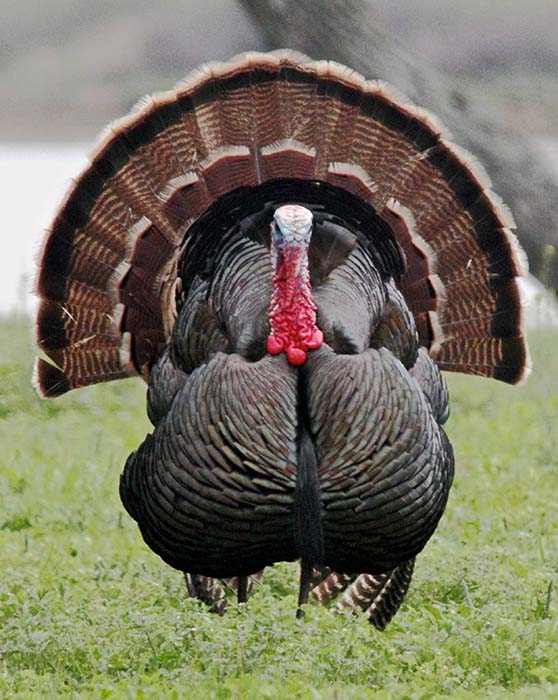Happy New Year to all Filnore Woods Blog readers!
As the old year dies, the new year begins. New life springs from death, not only with years but also in nature.
Dead wood is full of life whether it's fungi, beetles, fly larvae or springtails.
As the old year dies, the new year begins. New life springs from death, not only with years but also in nature.
Dead wood is full of life whether it's fungi, beetles, fly larvae or springtails.
Fungi recycling dead wood
lesser stag beetle
Tipula maxima - a crane fly with beautiful wing patterns
a springtail - tiny creatures in the soil and leaf litter
or the predators that feed on them
Nuctenea umbratica hides under dead tree bark Woodpeckers find insects in dead wood
Centipedes predate other invertebrates
If you would like to follow up some fascinating stuff about dead wood, have a look at the latest edition of the Woodland Trust periodical by clicking on Woodwise
OR
watch the Sunday before last edition of BBC1's Country File from Tyntesfield on i-player.
The bit about dead wood is near the end.
OR
watch the Sunday before last edition of BBC1's Country File from Tyntesfield on i-player.
The bit about dead wood is near the end.










































